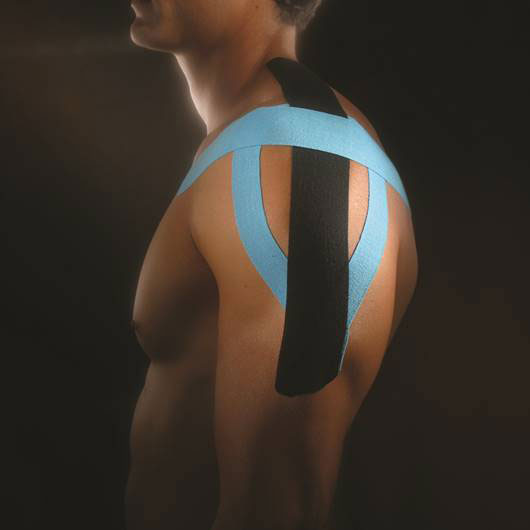Based upon years of clinical use, Kinesiology Tape is specifically applied to our patients based upon their needs after evaluation. The findings of the clinical evaluation or assessment dictate the specifics of Kinesiology Tape application and other possible treatments or modalities. With the utilization of single “I” strips or modifications in the shape of an “X”, “Y” or other specialized shapes as well as the direction and amount of stretch placed on the tape at time of application, Kinesiology Tape can be applied in hundreds of ways and has the ability to re-educate the neuromuscular system, reduce pain / inflammation, enhance performance, prevent injury, promote good circulation, accelerate healing and assist in returning the body to homeostasis.
Evaluation and assessment are key in the treatment of any clinical condition. In order to get the desired results from a Kinesiology Tape application as well as any other treatment, a full assessment of our patients is necessary. In some cases, the treatment of a condition may require treatment of other underlying conditions as well. This assessment should include manual muscle testing, range of motion testing, gait assessment, and any other orthopedic special tests that our doctors may deem necessary. The information gained from these assessments will allow for the proper treatment protocol to be laid out.




















